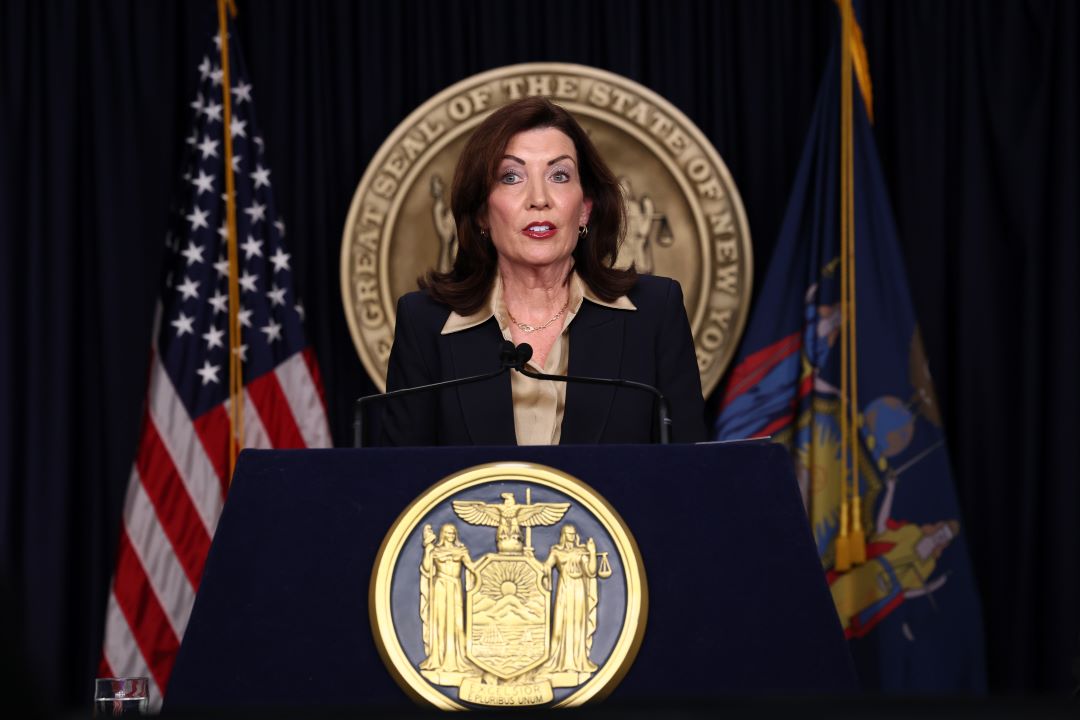Should New York Demand a Living Wage? Two Experts Face Off On a Red-Hot Fight
Many Americans are intent on saving money, making every penny count. But in New York City, which faces a predicted operating deficit of $2.8 billion this fiscal year, wasting taxpayer money remains the local sport.
New York City is currently considering legislation that will mandate a “living wage” for jobs connected to any new development projects that benefit from city subsidies.
Under the proposed law, shopping centers or other projects that receive direct subsidies or tax breaks would be required to pay workers $11.50 an hour or $10 an hour plus health benefits.
Mayor Bloomberg criticized the plan on May 24th at a news conference held in Queens, saying, “It’s a nice idea but is poorly thought out and will not work.”
No kidding. The idea that firms that pay a “living wage” - defined by the Merriam-Webster dictionary as “a wage sufficient to provide the necessities and comforts essential to an acceptable standard of living” - be given preference for government contracts is not new. Most recently, it was proposed in the first annual report of the White House’s Middle Class Task Force.
But there’s an excellent economic reason it remains rare: It makes no sense for the government to award contracts to the high bidder, not the low one. That upside-down logic smacks of waste and corruption. And it means that we’d be taking money out of the pockets of strapped taxpayers, many of whom earn less than the “living wage,” so that a select group of unionized workers can make more.
In a city that already has dozens of ways of redistributing the wealth - and tons of burdens on businesses - do we really need one more?
If we let the living wage bill pass, the effects will be predictable. Development will stall because it will cost more both to build shopping centers and to run them. Businesses will be inclined simply to flee the city rather than worry about meeting the higher standard. Taxpayers would grouse at yet another weight on their shoulders.
And - worst of all - we can expect New York’s unemployment, now at 8.3% statewide and 8.8% in the New York metro area, to rise still further.
The damage will be felt most profoundly by low-skill workers, because the gap between their wages and the “living wage” is the highest. Employers would have an incentive to lay off these workers and hire those with more skills.
For an example of what happens when the government meddles in wages, look no further than the minimum wage, which primarily affects unskilled teens. After it was increased to $7.25 last summer, the third increase in three years, the teen unemployment rate reached over 26%, and the rate for African-American teens went to 38%.
It’s not as though wages are unregulated now. The Davis-Bacon and Service Contract Acts and their associated regulations require contractors to pay “prevailing wage rates.” Over the decades, that’s been a euphemism for union wages. But the union pay scale is no longer enough for the City Council.
The higher cost of employment would be passed on to the taxpayer by raising taxes, or by funding fewer projects. But artificially raising wages has unintended consequences: some lose their jobs. Rather than a “living wage,” we need living businesses, creating more job opportunities and upward mobility for New Yorkers.
This piece originally appeared in New York Daily News
This piece originally appeared in New York Daily News


